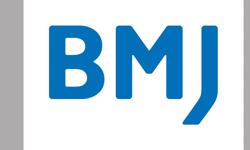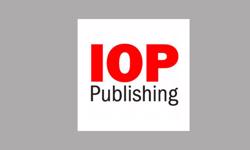
IET Nanodielectrics will particularly focus on state-of-the-art multidisciplinary research, encompassing a range of fields including new energies, bioscience, biomedical engineering, artificial intelligence, electronic skin, wearable electronic clothing, internet-of-things and electrical insulation of the future.
The journal will pay special attention to the three identified areas: fundamentals of advanced nanodielectrics, sciences of advanced nanodielectrics and applications of advanced nanodielectrics.
Vincent Cassidy, Head of Academic Markets at the IET, said: “We are very pleased to announce the launch of our latest fully open access journal. Bringing together a team of world-class researchers as its editorial board, from internationally-renowned universities including Tsinghua University in China and University of Southampton, UK, IET Nanodielectrics will present the global view on this multidisciplinary field.”
In a joint statement, Editors-in-Chief, Zhi-Min Dang and George Chen said: “Over the last two decades, there has been significant development in the application of nanotechnology to dielectric materials (nanodielectrics). However, due to its multidisciplinary nature, the related research papers on nanodielectrics have been reported across a wide range of journals, and there was a need to bring this together and provide a unique platform for research in this area.
“This will not only promote multidisciplinary research interactions, but encourage greater collaboration and enable the development of technologies which use both nanoscience and nanotechnology.”
IET Nanodielectrics recently issued its first call for papers and will publish its first issue in April 2018. It joins a growing collection of fully open access journals in the IET Open programme, which showcases the best in engineering science. Covering the latest research topics, the IET’s fully open access journals offer researchers a place to publish their most innovative and novel work and make it accessible to anyone wishing to read it, cite it and re-use it, says the IET.
IET Nanodielectrics will be available on the IET’s Digital Library, as well as IEEE Xplore platform, with four issues per year.












